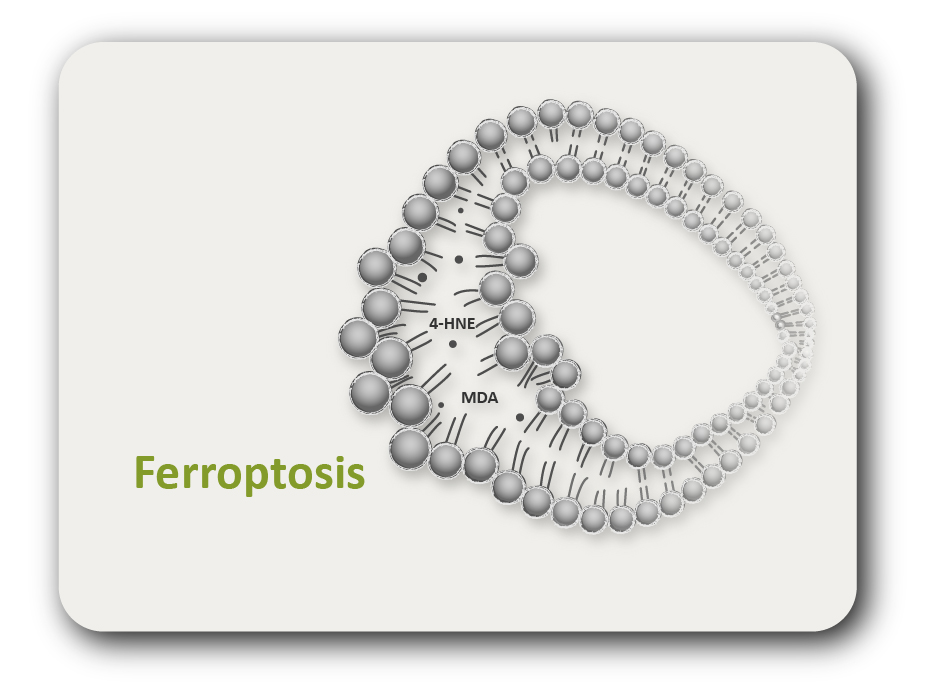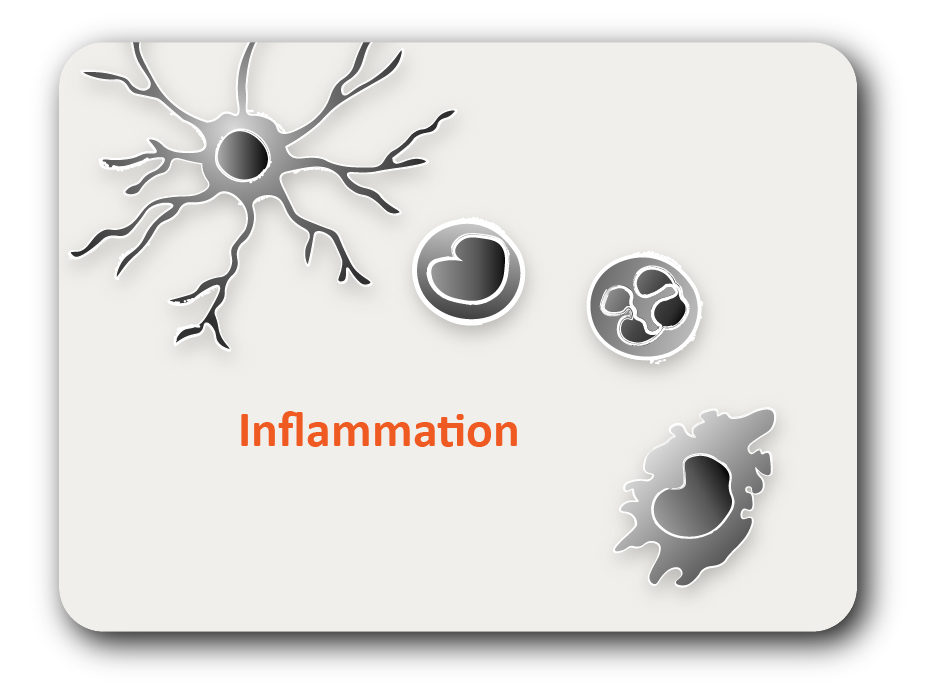ARG70498
Mouse CD138 / Syndecan 1 recombinant protein (His-tagged)
Mouse CD138 / Syndecan 1 recombinant protein (His-tagged) for SDS-PAGE
概述
| 产品描述 | CHO expressed, His-tagged Mouse CD138 / Syndecan 1 recombinant protein. |
|---|---|
| 应用 | SDS-PAGE |
| 靶点名称 | CD138 / Syndecan 1 |
| 物种 | Mouse |
| A.A. 序列 | Met1 - Glu252 |
| 表达系统 | CHO |
| Protein Full name | Syndecan-1 |
| 別名 | SDC1; Syndecan 1; SYND1; Syndecan; CD138; SDC; Syndecan Proteoglycan 1; CD138 Antigen; Syndecan-1; Heparan Sulfate Proteoglycan Fibroblast Growth Factor Receptor |
属性
| 形式 | Powder |
|---|---|
| 纯化说明 | Endotoxin level is less than 0.1 EU/µg of the protein, as determined by the LAL test. |
| 纯度 | > 95% (by SDS-PAGE) |
| 缓冲液 | PBS (pH 7.4) |
| 复溶 | It is recommended to reconstitute the lyophilized protein in sterile water to a concentration not less than 200 μg/mL and incubate the stock solution for at least 20 min at room temperature to make sure the protein is dissolved completely. |
| 存放说明 | For long term, lyophilized protein should be stored at -20°C or -80°C. After reconstitution, aliquot and store at -20°C or -80°C for up to one month. Storage in frost free freezers is not recommended. Avoid repeated freeze/thaw cycles. Suggest spin the vial prior to opening. |
| 注意事项 | For laboratory research only, not for drug, diagnostic or other use. |
生物信息
| 基因名称 | SDC1 |
|---|---|
| 全名 | Syndecan 1 |
| 背景介绍 | The protein encoded by this gene is a transmembrane (type I) heparan sulfate proteoglycan and is a member of the syndecan proteoglycan family. The syndecans mediate cell binding, cell signaling, and cytoskeletal organization and syndecan receptors are required for internalization of the HIV-1 tat protein. The syndecan-1 protein functions as an integral membrane protein and participates in cell proliferation, cell migration and cell-matrix interactions via its receptor for extracellular matrix proteins. Altered syndecan-1 expression has been detected in several different tumor types. While several transcript variants may exist for this gene, the full-length natures of only two have been described to date. These two represent the major variants of this gene and encode the same protein. [provided by RefSeq, Jul 2008] |
| 生物功能 | Able to induce its own expression in dental mesenchymal cells and also in the neighboring dental epithelial cells via an MSX1-mediated pathway.[Uniprot] |





